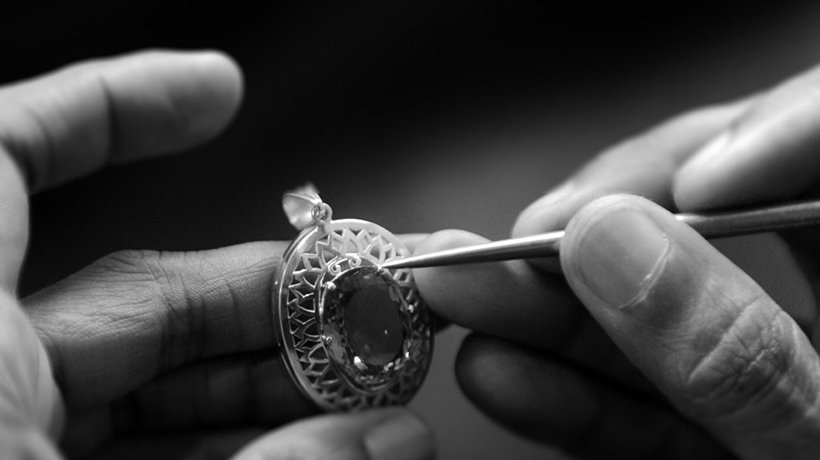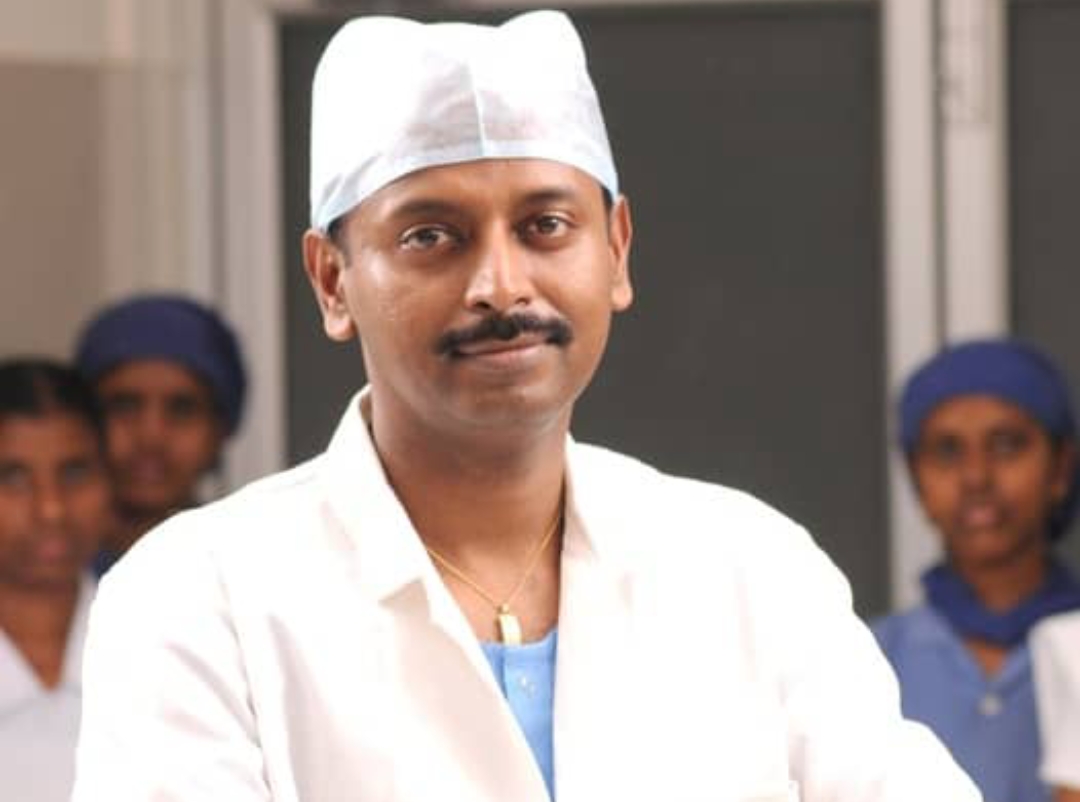Trending Now
- “I will soon make an announcement regarding a statewide tour across Tamil Nadu.” – O. Panneerselvam.
- Vatsala, Asia’s oldest elephant, has passed away at Panna Tiger Reserve; social activists mourn the death of this elephant, which lived for over 100 years.
- “The U.S. Govt earned ₹8 lakh crore this year through increased tariffs on foreign goods.” – U.S President Donald Trump.
- World No.1 Aryna Sabalenka has advanced to the semifinals in the Women’s Singles category at Wimbledon Tennis.
Health & Lifestyle
Jewellery restoration: “Restorations are an important documentation of ancient kaarigari practices”
![]() July 4, 2018
July 4, 2018
Heirloom jewelry is a treasure and if you are the fortunate one inheriting it; chances are that, the much loved piece has to be restored to its former glory. Whether it is the years, accident or just plain wear-and-tear, problems with old pieces need to be fixed, and who can do this better than a jewellery restoration expert. Never heard of them? Here is your chance to know them and the wonderful work they do. “Strangely, we all have heard about art restoration, building restoration but not jewelry restoration.
Old pieces that needs straightening of a bent claw, rebuilding worn areas or replacing lost parts can only be done by an expert. These pieces need special attention and repair,” says Mousomi Das Mahapatra,Binapani Gold Palace. She adds, “Funnily, we stack away pieces that are slightly old and worn out; not knowing that the pieces can be restored to be flaunted again.”
How’s Jewellery restoration different from other restorations?
“Jewellery restoration is different in terms of the materials used and the restoration techniques. In the case of Art, the medium itself is vastly different; hence the techniques used to restore it involve different sets of tools, paints etc. Restoring textiles require a textile historian, an artful designer and a darzi who is open to learning new techniques. Restoration of jewelry takes a lot of technical skill.
A deep knowledge of the jewelry History of the region, kaarigari techniques of yore, a thorough knowledge of stones and their settings, metals and metallurgy, as well as a designer’s eye are mandatory for restoring jewelry,” says Ashwini Oza, the Co-Founder and Chief Designer at ARNAV & Co. Most people don’t understand the need for restoration. They feel that they should wear it till it breaks or they can tuck it away in some locker. “If you spot a problem with your jewellery piece, it is best to deal with it straight away. Remember, a stitch in time saves nine,” asserts Mousomi.
Explaining more about the same, Ashwini says, “Antique jewellery has special stories to tell. It’s a way of keeping our past, our families, our culture and our heritage close to our hearts despite the passage of time. It’s a way of maintaining our identities, and passing them on to the generations to come as a reminder of their precious past. The workmanship that used to exist earlier doesn’t exist today. Newer and more efficient methods have emerged, in response to the call of the markets. Restorations are an important documentation of ancient kaarigari practices. It’s also better to recycle, reuse & restore, in today’s context.”
The idea is to restore the former glory of your most precious jewel. “Process of restoration is quite simple. Receiving the piece and assessing its age and value are the first steps in the restoration of jewellery. The designer then talks at length with the client to understand the background and sentiments attached to the piece, as well the budget. The best design options (in terms of preserving the piece) are presented to the client.
Once the design is finalized, the piece is submitted with the utmost care to our workshops. The client is kept in the loop on the stages of progress throughout by pictures & videos. Informed when the piece is ready & then delivered,” says Ashwini. She adds, “The technical design of the piece is the most important aspect if we want to retain the original form of the piece. Many ancient jewellery making and stone setting techniques, dies, fillings etc are now no longer in use. We don’t want to end up damaging a precious antique because of an uninformed technique used during the process of restoration. It’s important that the restorer works around the piece without tampering it.”























